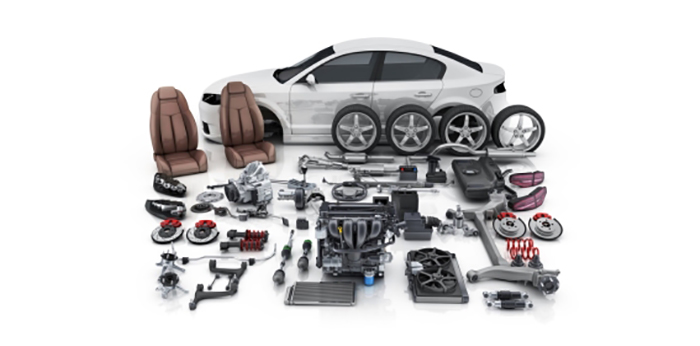The Gulf Cooperation Council (GCC) light vehicle aftermarket faced falling market demand and supply chain disruptions due to the pandemic and plummeting oil prices. However, new business models, including door-to-door services, an increasing market for pre-owned cars, car-sharing fleets, and digitalization, are expected to aid recovery. With the economic diversification and development of non-oil industries, the GCC region’s economy is expected to recover and expand. National schemes in GCC countries, such as Saudi Vision 2030, Qatar 2030, and UAE 2030, are also major long-term growth drivers. Similarly, global events like Expo 2021 Dubai and the 2022 FIFA World Cup in Qatar will likely attract millions of visitors to the region and trigger demand across multiple industries, including the light vehicle aftermarket.
The GCC light vehicle aftermarket is estimated to reach $6.84 million by 2025 from $5.47 million in 2021, expanding at a compound annual growth rate (CAGR) of 5.8%. Furthermore, in 2021, the Kingdom of Saudi Arabia (KSA) and the United Arab Emirates (UAE) are expected to attain the highest revenues in this market—$2.68 billion and $1.23 billion, respectively. This study analyzes and forecasts the light vehicle aftermarket in the GCC from 2021 to 2025, aftermarket revenue, sales, and vehicles in operation.
“The innovation of online services is expected to lead the progression of the aftermarket in the GCC region over the next two to three years. Digital platforms and tools will be key to servicing, retaining, and acquiring customers, with a seamless online customer experience likely to be a competitive differentiator,” said Joslyn Li, Consultant, Mobility Practice, Frost & Sullivan. “Some small garages have flourished during the pandemic by offering smooth online booking, pick-up, and drop-off experiences. Establishing partnerships with online aggregators can help smaller independent garages grow their customer base.”
Li added, “Since the start of the pandemic, customers have been looking for more affordable alternatives for parts and services, such as using Chinese tire brands with mid-tier and premium cars. Additionally, the surge in pre-owned car transactions in the region will further push the demand for services and aftermarket parts & accessories targeting pre-owned car buyers.”
Economic recovery, new vehicle sales, and customer spending per vehicle in the region present lucrative prospects for industry participants and service providers, such as:
- Online car service for safety and convenience: Online car service includes service center or workshop platforms having apps, websites, and third-party aggregators. Building reputable online services is a differentiator because a customer’s online experience is key to retention. Online penetration is expected to grow to 90% by the end of 2022 in the GCC.
- Service for pre-owned cars: Used car trading comes with concerns about quality. Thus, the market needs trustworthy used car examinations and quality assurance, opening up tremendous opportunities.
- Affordable independent aftermarket (IAM) products for higher price sensitivity: Customers have become price-sensitive due to the pandemic and the resultant slow economic recovery. Quality IAM parts and accessories with a warranty policy are expected to gain increasing market share.
GCC Light Vehicle Aftermarket Outlook, 2021 is the latest addition to Frost & Sullivan’s Mobility research and analyses available through the Frost & Sullivan Leadership Council, which helps organizations identify a continuous flow of growth opportunities to succeed in an unpredictable future.

COMMENTS